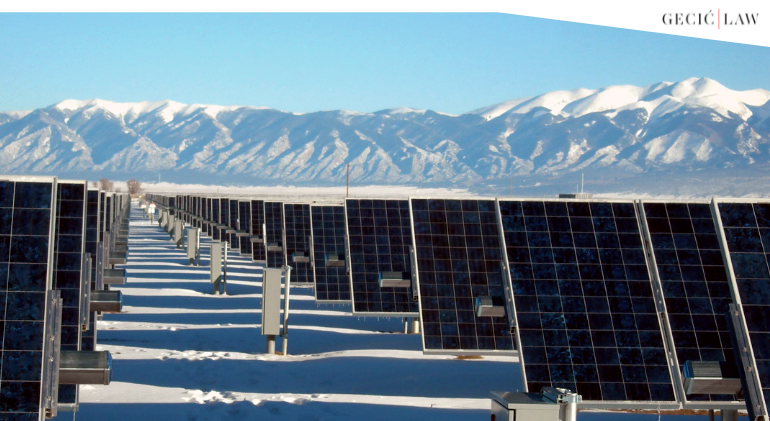

Here we go again, fighting climate change. This time, we are focusing on State aid and climate change, and discussing an important question – how green is State aid?
Back in 2019, Europe ushered the European Green Deal. The European Commission published a Communication on the European Green Deal in its tenacious efforts to tackle climate change and other environmental challenges. This Communication is the EU’s attempt to work on the transition to a future where there will be no “bad emissions”, to put it plainly. If we were to get more technical, to create a Europe with net-zero emissions of greenhouse gases. This is no small feat and many hurdles are expected along the way, but let’s see what else the EU has done about State aid and climate change on its way to a “clean” EU. When the Communication was introduced, the Commission explained the evaluations which are underway of the relevant State aid guidelines including the environmental and energy State aid guidelines. The Commission then committed to revising the guidelines by 2021 to reflect the policy objectives of the European Green Deal and to facilitate the phasing out of fossil fuels, in particular those that are most harmful, ensuring a level-playing field in the internal market.
Next came possibly the most important document on State aid, the Guidelines on State aid for environmental protection and energy 2014-2020. As you can clearly see, these Guidelines are no longer in force, at least formally speaking, while in fact, they will remain in effect until the new ones are passed. These Guidelines set out the conditions under which aid for energy and environment may be considered compatible with the internal market. Some of the objectives were also announced in the Communication on State aid modernization, a major reform of EU State aid rules. As an earlier document, passed in 2012, dubbed SAM in short, the Communication reveals the three main goals in modernizing State aid control: to foster sustainable, smart and inclusive growth in a competitive internal market; to focus the Commission’s ex-ante scrutiny in cases with the greatest impact on the internal market while strengthening the cooperation with Member States in State aid enforcement; to streamline the rules and provide for faster decisions.
And the struggle goes on. On October 30, 2020, the Commission published the results of the evaluation of EU State aid rules. The evaluation first kicked off in January 2019, and it was performed as a “fitness check” of sorts, with much analysis conducted by the Commission, public, and external consultants. As State aid rules are a vital part of the green transition, in line with the Commission Communication on the European Green Deal and the results of the “fitness check”, the Commission plans to review the relevant State aid guidelines until the end of 2021. Consultations on these rules are taking place as we speak. They began in the second half of 2020 and will go on until August 2, 2021. The goal of the consultations is to revise the proposal for new Guidelines on State aid for environmental protection and energy, now called Climate, Energy and Environmental State aid guidelines (CEEAG). After this testing, the evaluation showed that certain adjustments are necessary, hence the new legislation. The CEEAG enables EU Member States to support environmental protection projects, aiming at helping Member States meet their ambitious energy and climate targets, at the least possible cost for taxpayers and without undue distortions of competition in the Single Market. During the consultations, it has been noted that the Commission advocated for specific changes to the CEEAG such as, to broaden the scope of CEEAG, increase flexibility and streamline the existing rules, align, and ensure coherence with the current EU legislation, etc. As we already put forth, the CEEAG is to be adopted at the end of 2021.
As is the case in the Brexit negotiations, the State aid regime is almost always controversial. Placing it within the context of climate change only makes things more intricate. But, after some contentious wrangling, the crucial issue is whether one of the most consequential legislative efforts will flourish?